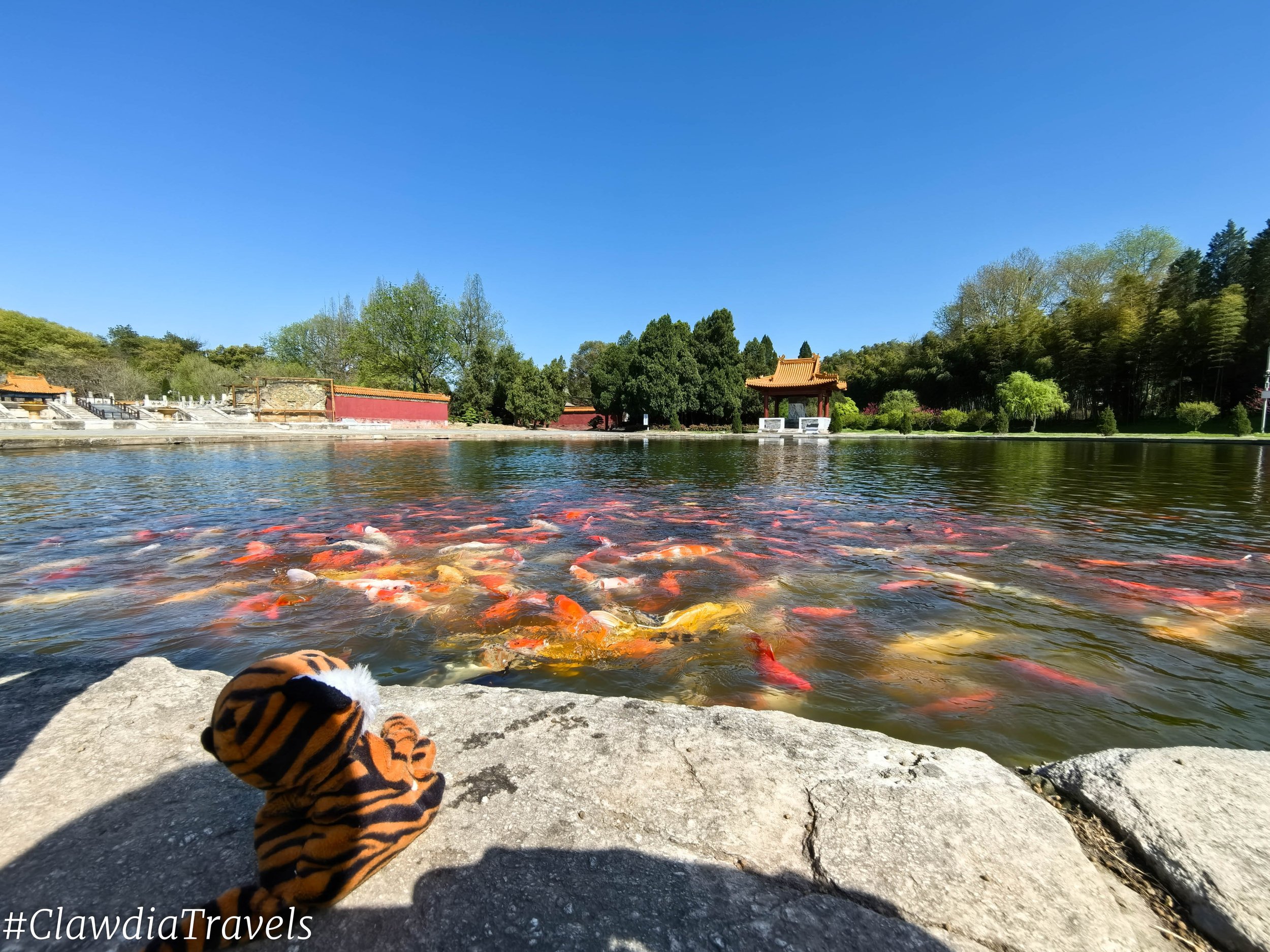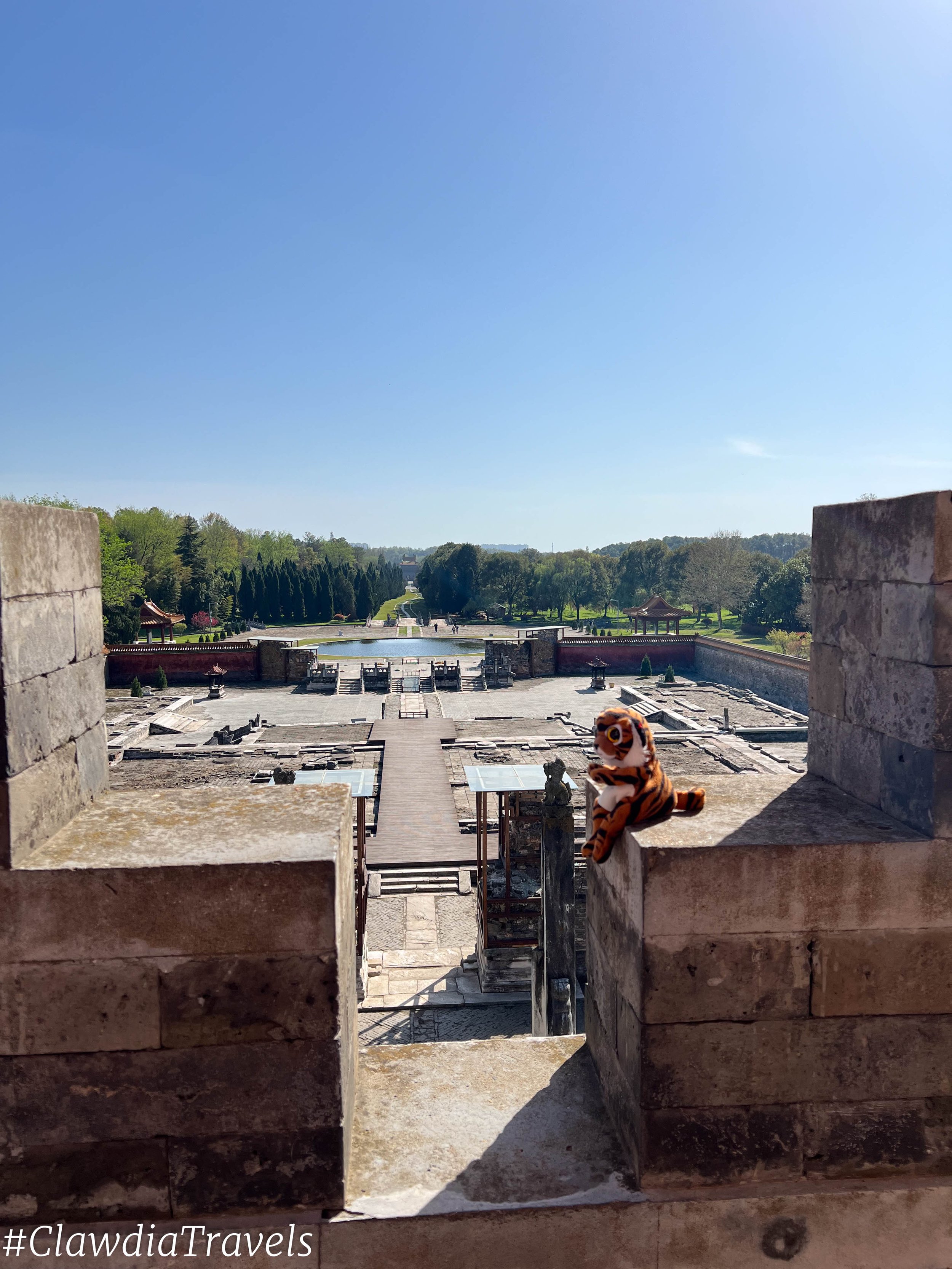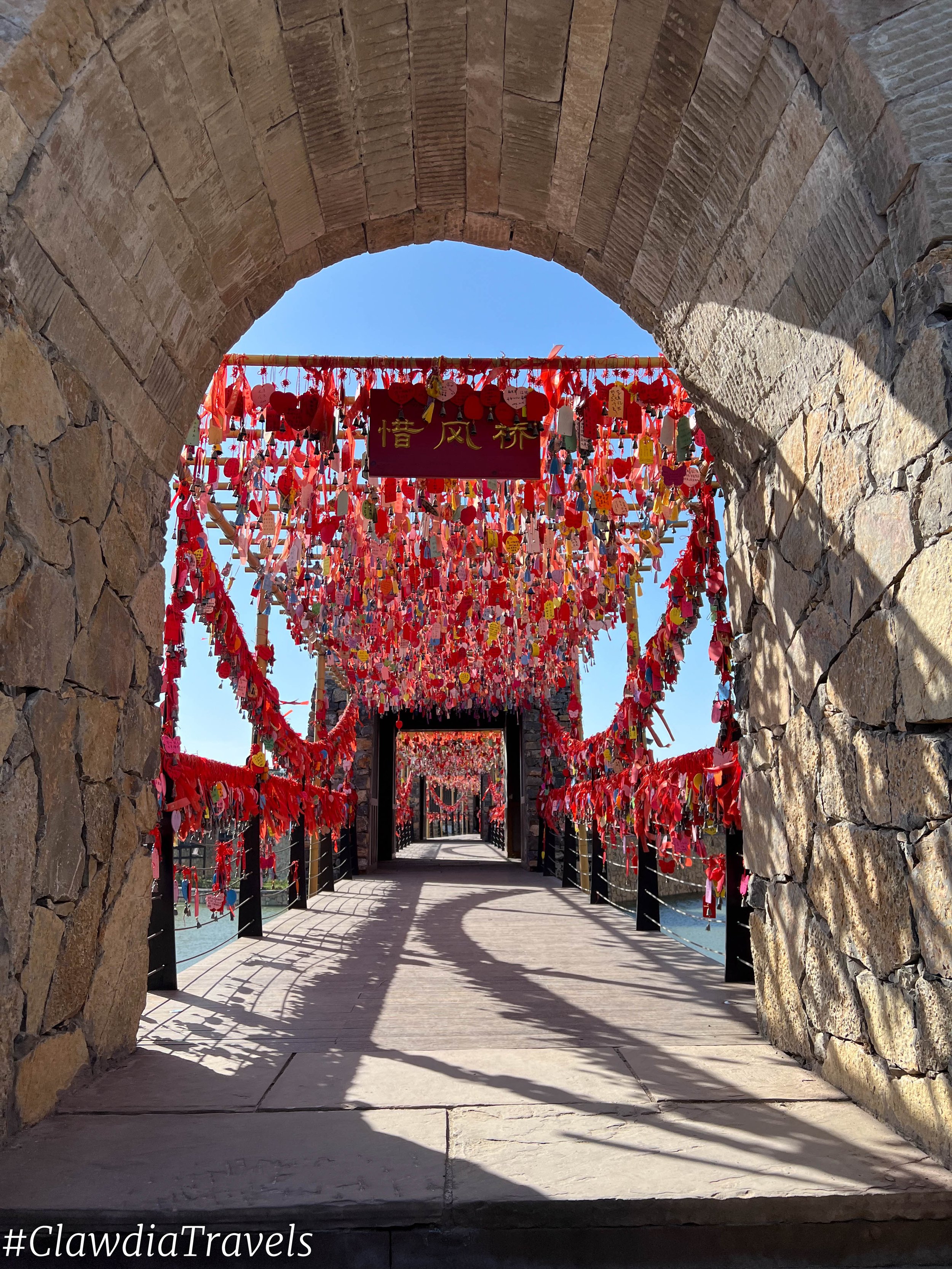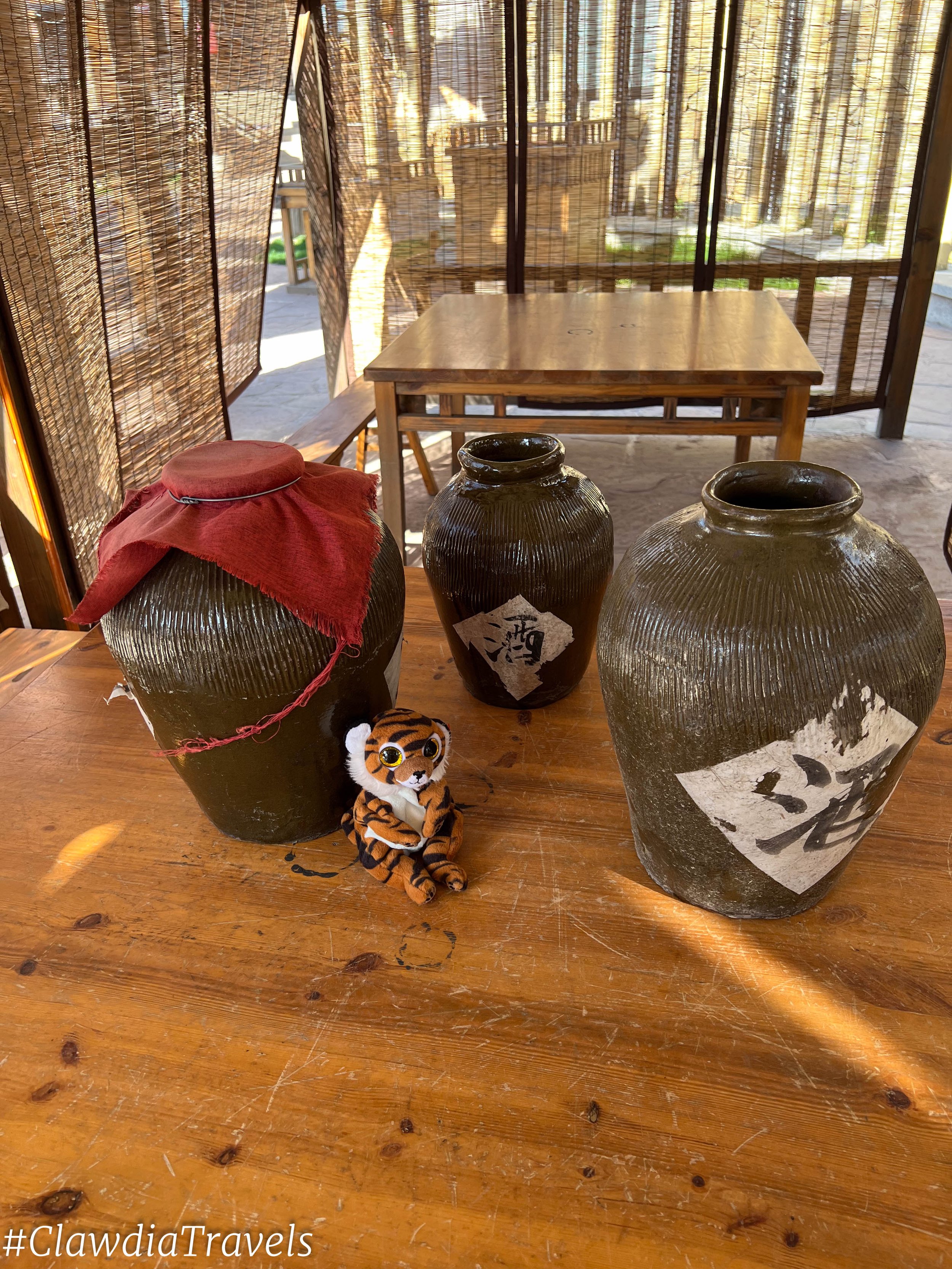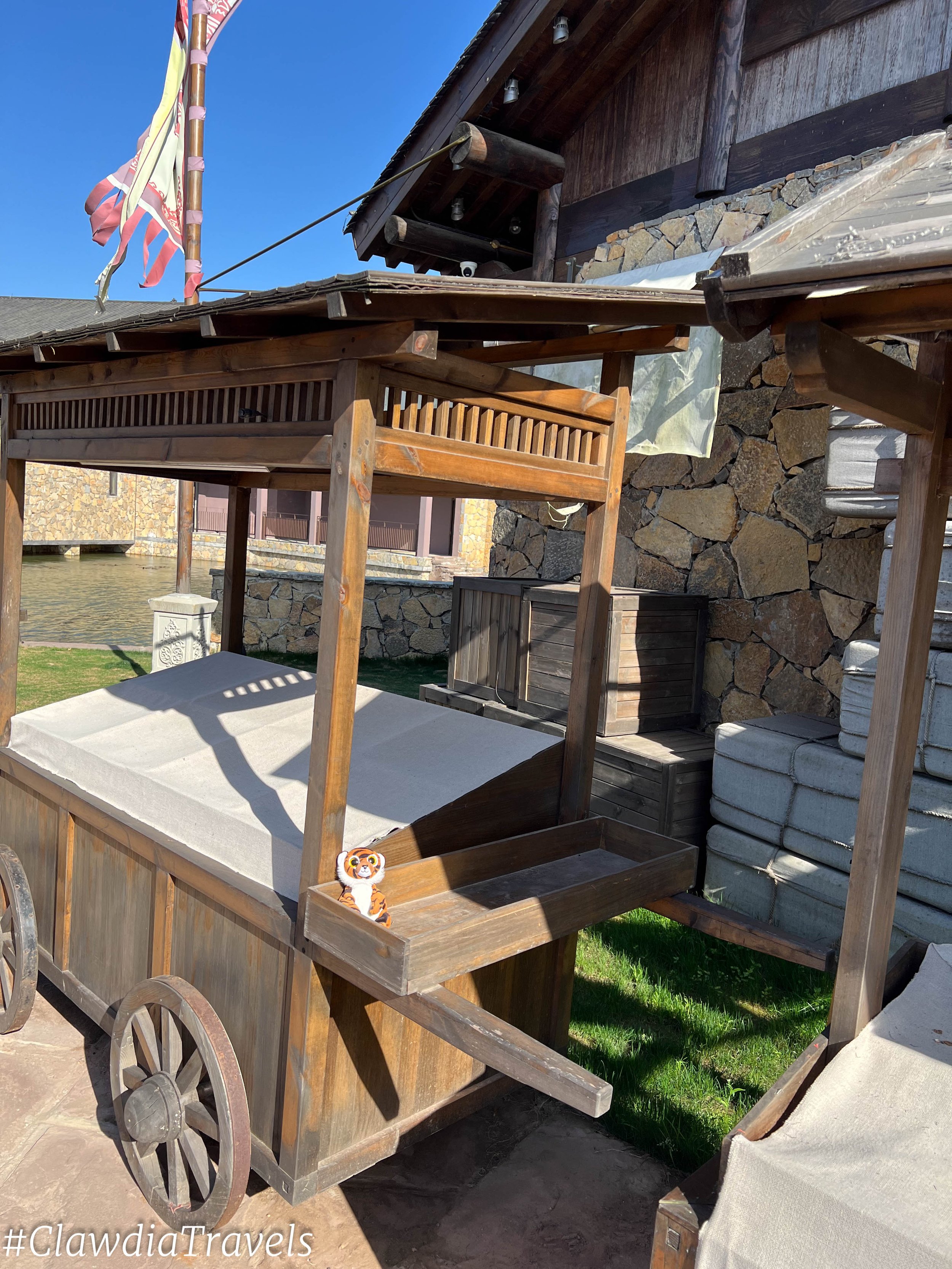Jingmen, Hubei, China
Jingmen, located in the heart of Hubei Province, serves as a key transport hub, 217 kilometers (135 miles) west of Wuhan and 120 kilometers (75 miles) east of Yichang. The name Jingmen translates to "gate to Jingzhou," reflecting its strategic location. It boasts China's most comprehensive base for designing, producing, and testing special aircraft and maintains a complete industrial chain for new energy vehicles. Additionally, Jingmen is an essential freight logistics hub and the largest central natural gas distribution center in the country. For visitors, Jingmen offers a rich array of historical sites, including the impressive Xianling Tomb, the largest single imperial mausoleum in China from the Ming Dynasty (1368-1644), and the ancient tomb group from the Kingdoms of Chu and Han. The natural beauty of the area is highlighted by karst landscapes, hidden caves, picturesque canyons, and stunning waterfalls, making it a destination with both industrial and scenic significance.
Xianling Tomb of the Ming Dynasty
The Xianling Mausoleum, located on Songlin Mountain, is approximately 4.7 miles east of Zhongxiang. It is an exquisite testament to Ming Dynasty architecture. Commissioned by Emperor Jiajing for his parents, Emperor Gong and Empress Zhangsheng, this vast mausoleum spans 183 hectares and showcases stunning combinations of gold and green elements. According to traditional Chinese Feng Shui principles, the mausoleum harmoniously integrates with its surrounding landscape, emphasizing its connection to nearby mountains and rivers. It features over 30 grand building complexes, divided into inner and outer sections linked by a 1,422-yard sacred way. Flanking this path are intricately carved stone statues, including pairs of lions, camels, kylin, horses, and elephants, as well as figures representing civil officials and military leaders. Upon entering through the Red Gate, visitors encounter significant structures, such as the Xiama Bei, which serves as a reminder of traditional respect customs, the Imperial Tablet Pavilion, the Ming Tower, the Heavenly Gate, and the elegantly crafted White Marble Stone Bridge. Each building within the mausoleum is a reflection of the exceptional craftsmanship of ancient Chinese architecture. The mausoleum's unique design, its cultural relics, and its historical importance led to its designation as a UNESCO World Heritage Site in 2000, solidifying its status as a cultural treasure.


